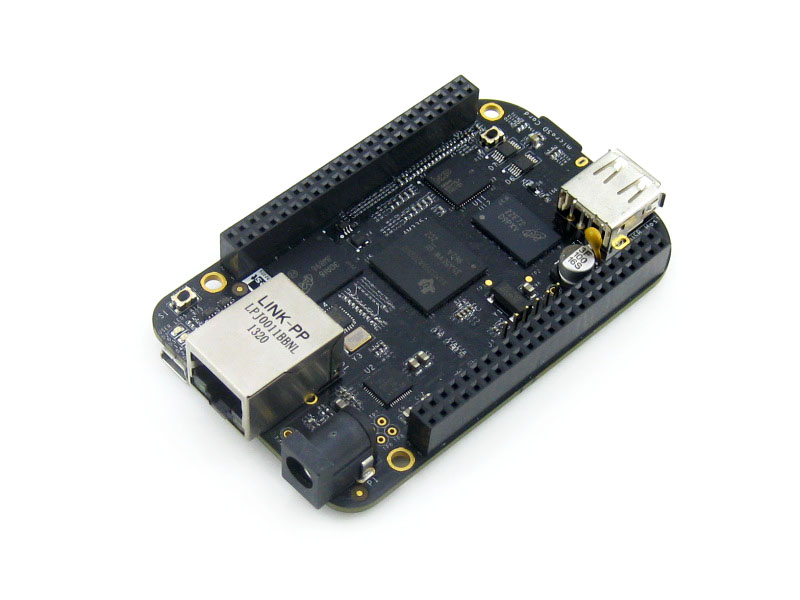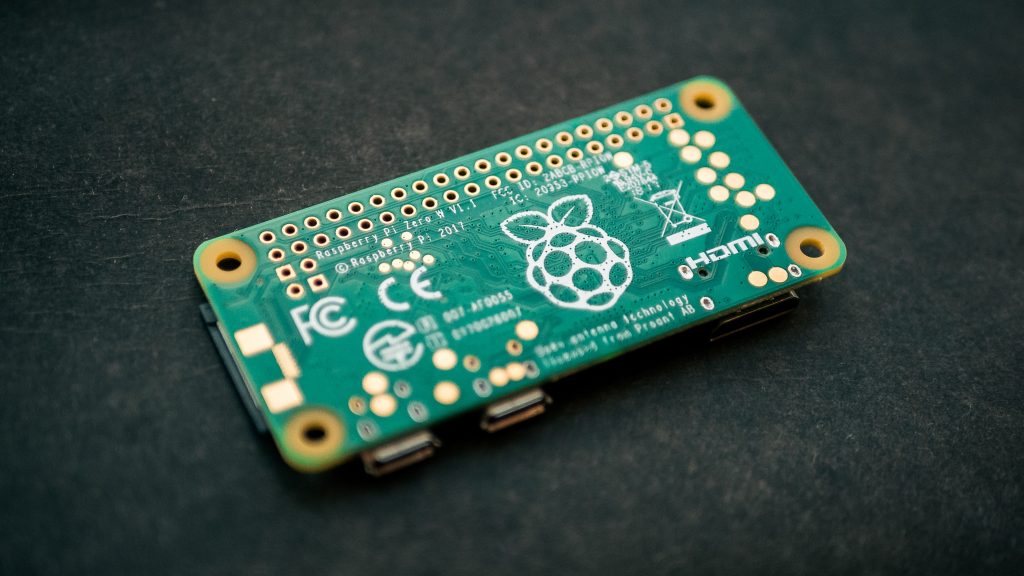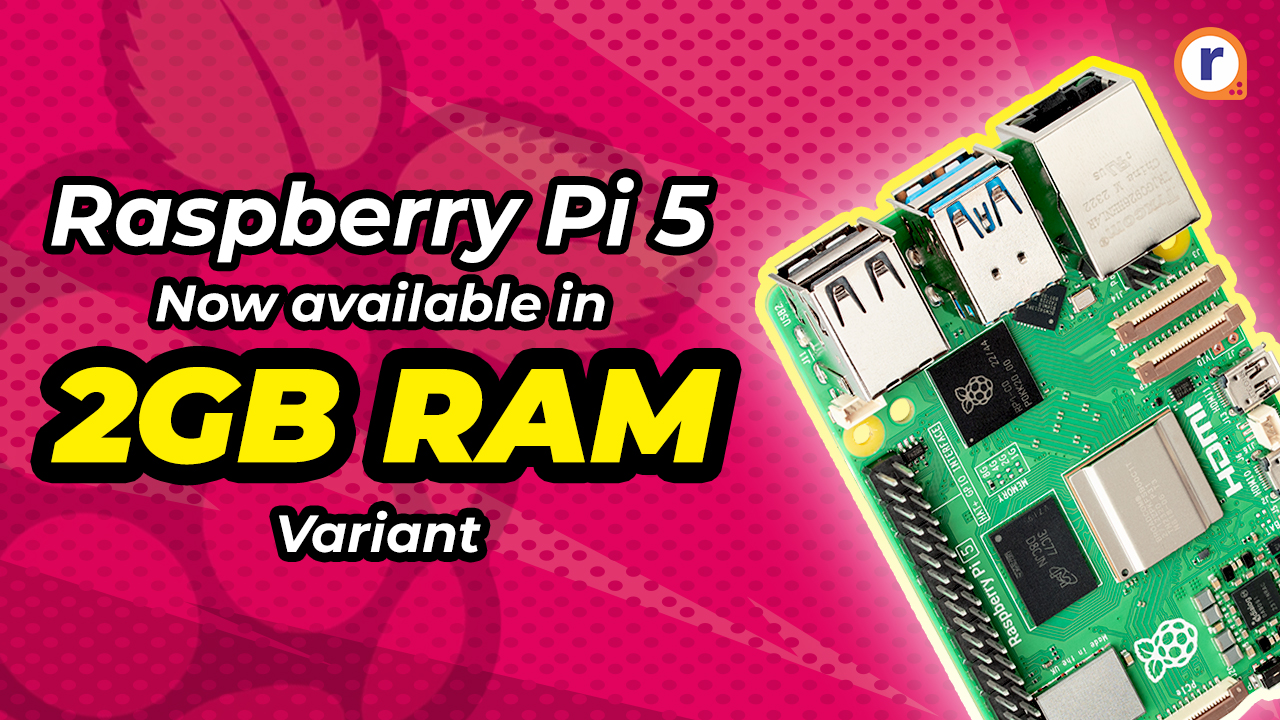Top 5 Development Boards in 2020
The article covers the top 5 development boards in 2020 like, STM32, BeagleBone, Raspberry Pi, etc.

Wondering what development board to choose? So here I am going to show you the best development boards you can get this year(2020) for you college projects/ industrial projects/ DIY projects at your home. There have been pretty amazing boards since these 5 years like Arduino, raspberry pi and many such other. So It makes a bit confusion to choose which board to go with. We will make an article on that as well someday on how you can choose a development board.
For now, I will be showing one of the most used top development boards in 2020. It is based on my analysis and data from customers and working industrial people. Many of us also know how to make a custom board, but not everyone is having the skill set to design a custom board for themselves, so most of the people go with the existing competitive development boards.
We are also having ours in house Smart Elex series of development boards. which many people have chosen over other boards
Now let's get straight to the topic. We will go one by one based on ranking.
Must read on Development Boards:
5.STM32

STM 32 is a very famous series of development boards, usually used in Industrial application and Research and development mostly. The reason behind it is drawing very less current in counts of nanoamps during the sleep mode, so we can say that the power consumption of the board is very low, which can be used in low power application.
When power consumption and CPU power are needed at the same time, ST wins the battle. Although there are good ones out there too, like LPC low power series (now Freescale), they do not have the set of peripherals that STM32L can provide.
4. Beagle Bone:

There is a possibility that you might not have even heard about this board.
Setting up the BeagleBone Black is really simple, whereas setting up the Raspberry Pi can quickly become tedious. That fact, along with the fact that the BeagleBone Black features 65 input and output pins and a ridiculously huge number of supported interfaces, generally makes the BeagleBone Black the go-to choice for projects that deal with electronics more directly and in a more complex sense.
Tasks such as reading from external sensors, commanding actuators (such as motors or light systems), and networking are not only simpler on the BeagleBone Black but also more efficient
The Beaglebone Black has a 1GHz ARM-based CPU, 512MB of RAM and 2GB of onboard storage, expandable with a MicroSD slot. In practical terms, this is enough to run a Linux OS, along with a web browser and other desktop applications, though with limited performance. Don’t think that it will replace your primary PC, but it can be a powerful tool for sophisticated projects and a good way to learn about Linux-based operating systems.
You can use the Beaglebone Black as nothing more than a small, standalone Linux computer, but the hardware is designed for use as an embedded system—a computer installed inside of a larger electronics project. The main evidence of this is in the two rows of GPIO (general purpose Input/Output) pins mounted along either side of the board. These pins allow the Beaglebone Black to communicate with a wide range of sensors, servos, outputs and other hardware, letting it act as the brain of a large, complex project.
3.Raspberry Pi

Well, the raspberry pi board has infinite capabilities to do be in the position 3rd. Actually this board has capability to be on the first position, but it lacks price to performance. As the cost is a bit high compared to other boards in the market. We can call this board a credit card-sized computer or a development board. Its performance is amazing and can deal with lots of stuff easily. It works on Linux based operating systems. It's good for embedded projects
2. Arduino

Arduino is one of the famous boards. It's the most famous board till now. The reason behind it is being an full open source. You can get cheap Arduino boards in the market. The simplicity in coding and using components is its main feature.
For starters, I would say this is the best board to prototype projects. There is also another board known as micro bit, but it lacks some functionalities and ease and cannot be used in industrial/college projects more efficiently, that's why I didn't include it.
1.NodeMCU

NodeMCU boards became very popular since last year, as the development of ESP8266 lead to the development of this board. It consists of a WiFi chip which can connect to your network and you can manage many tasks with just simple operations. It is same as an Arduino with lots of digital pins, just lacks analog pins(comes with only one analog pin). If you plan on using analog sensors, you can use a mux to use multiple analog sensors. Other than that this board gives you a lot of freedom to control sensors and things connected to the board via WiFi.
What are your thoughts? which development boards in 2020 would you prefer to choose? Till then see you until next time. Sayonara!






